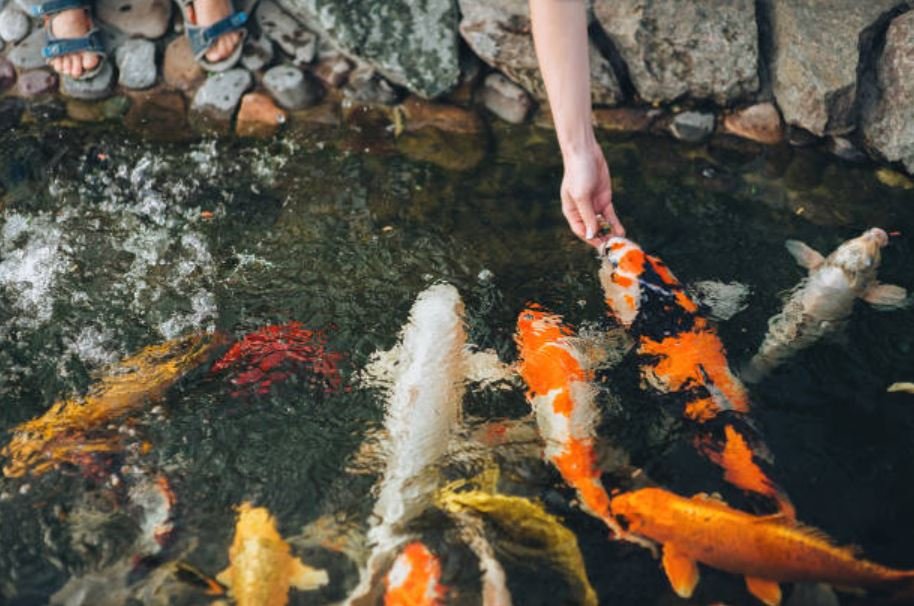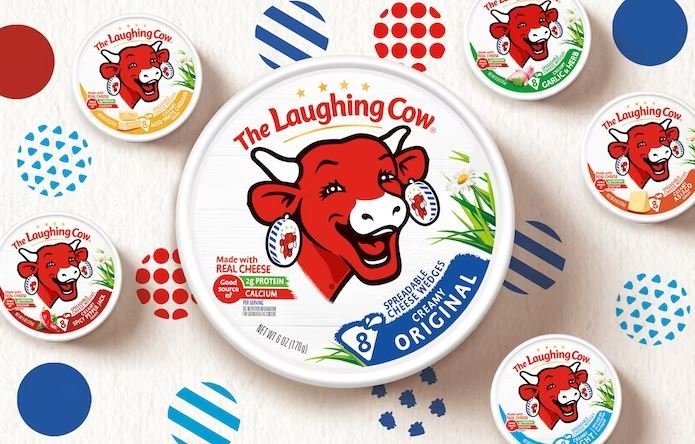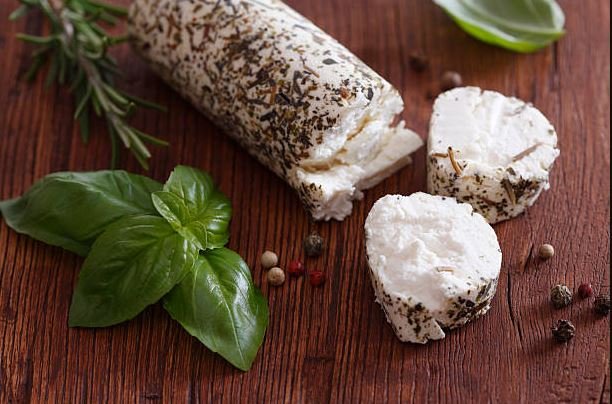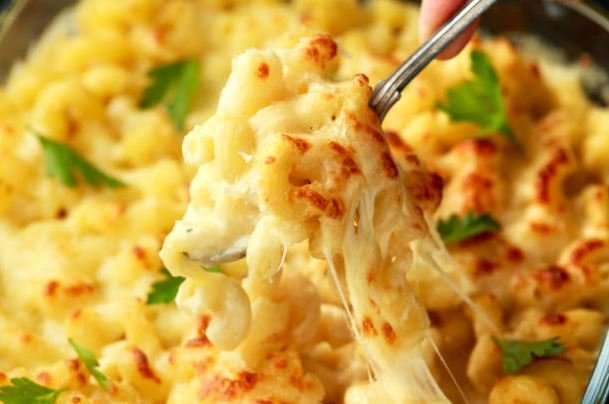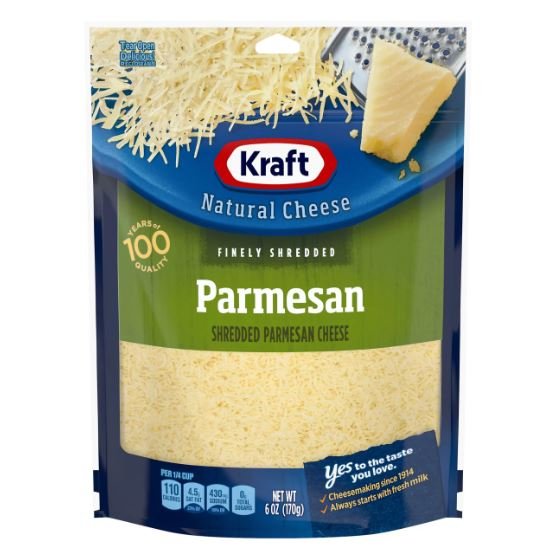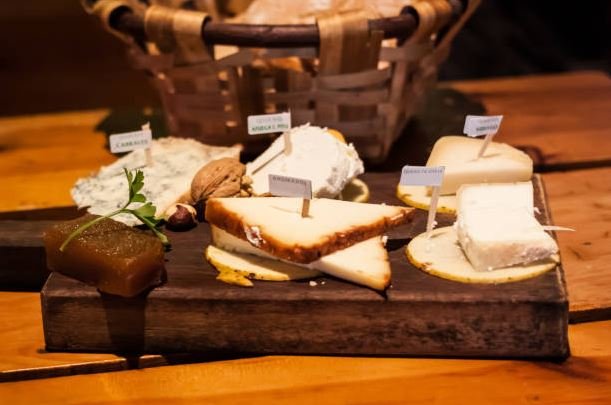It is no news that salmon is one of the healthiest and most tasty fish you can have. With all the health benefits that fish provides, what about the skin? Can you eat the skin? Is it Healthy for you? Is the skin healthier than the salmon itself?
Yes, salmon skin is healthy for human consumption. It is packed with protein that helps build muscles, weight loss, and healthy living. Four (4) ounces of salmon fish have 23 grams of protein, while the skin has 30 grams per serving of 4 ounces. The skin also contains the unique fatty acid the body cannot produce (omega-3 fatty acids) and useful antioxidants.
For example, salmon skin has 150g of EPA and DHA combined for a 4-ounce serving. It is an excellent zinc, selenium, phosphorus, and niacin source. With all these amazing benefits, salmon skin is a healthy food. Regularly eating it can help you reduce the risk of diseases like cancer and heart disease.
Salmon skin can be a healthy addition to your diet due to its nutritional content. It is a rich source of omega-3 fatty acids, specifically EPA and DHA, essential for heart and brain health. These fatty acids have several health benefits, including reduced inflammation, improved cognitive function, and cardiovascular support.
Moreover, salmon skin contains important nutrients such as protein, vitamin D, vitamin B12, and minerals like selenium, all of which are vital in maintaining overall health and well-being.
If you are a fan of sashimi or sushi, you have probably eaten salmon skin. It is a delicacy in Japan that is gaining wider popularity around the globe. In whatever way you want to take salmon skin (either in sushi or frying salmon skin crisps), you must ensure they are thoroughly cleaned before consumption.
Why You Should Eat Salmon Skin
As I’ve mentioned earlier, salmon skin has tons of benefits. It is important to dive deeper into some of the benefits for a better understanding to take advantage of them.
1. Reduces your chances of cardiovascular diseases
Many studies show eating salmon regularly can reduce one’s chances of developing a heart attack. The useful components that prevent these heart diseases include EPA and DHA fatty acids, potassium, omega-6 fatty acids, selenium, and phosphorus.
Some studies show the nutrients in salmon skin have twice as much effect on reducing coronary calcification as other parts of the fish.
2. Helps in managing diabetes
Salmon skin is rich in omega-3 fatty acids, which help reduce insulin resistance; I’m the body. This shows how important salmon skin can be for people with diabetes because of their difficulty using the hormone insulin to help remove glucose out of their bloodstream into the cells to be used as energy.
A patient suffering from diabetes can utilize the benefits of omega-3 fatty acids to help manage their condition.
3. Can prevent certain types of cancers
Some studies show the benefits of salmon skin in preventing cancer. The selenium and antioxidants contained in the salmon skin help to prevent certain cancers. The omega-3 fatty acids also help in reducing inflammation in the body.
This makes it a healthy food to eat if you are worried about getting digestive and prostate cancers.
4. Improves brain function
Salmon skin contains vitamin B, which is beneficial for improving brain function. It also contains DHA, a useful nutrient for a healthy brain. The omega-3 fatty acid can also help maintain focus and concentration throughout the day.
5. A great alternative to red meat
Red meat contains high cholesterol and saturated fat, a risk factor for cardiovascular disease. But salmon skin contains omega-3 fatty acids and is low in saturated fats; it is a great alternative for people who want to reduce their red meat intake. Being a rich source of protein, you can easily get as many nutrients as you would in red meat without the negative health effect that comes with it.
Aren’t you amazed by the healthy benefits of salmon skin? When next you are grilling or frying your salmon, you may want to do that with the skin on to enjoy this delicate fish’s healthy benefits. You may also buy the skin from the fish shop and make nice salmon skin crisps that you can snack on.
What Is The Best Ways To Eat Salmon Skin?
We all know the health benefits of salmon skin to our body, brain, and immune system. So also we know the potential risk and side effects of these delicacies. Below are some helpful tips on the safest way to eat salmon skin.
- If you’re eating the skin raw, ensure they’ve been frozen for at least 24 hours before eating. The freezing process will help kill parasites that may have contaminated the fish.
- Always buy from a reputable source.
- When buying sashimi or sushi with salmon skin, ensure it is from a reputable restaurant and the food is prepared by professionals.
- If you are frying your salmon skin, avoid adding unhealthy fats. The best cooking method is dry-frying it pan-frying.
- When frying, cut the skin thicker than your would the fish. This is because they are thinner than the flesh and could burn easily if the cuts are thin.
- For cooked salmon, you don’t have to cook them for long hours. Boil them for 4-5 minutes, strain them, and slow them to cool before serving.
- Avoid exposing your salmon skin to heat and oxygen. Too much exposure can make them carcinogenic because of their high oil and fat content.
When Should I Not Eat Salmon Skin?
Although salmons are rich in omega-3 fatty acids, essential for heart and brain health, Salmon skin may contain environmental contaminants such as mercury and PCBs. While the levels are generally low in wild-caught salmon, it’s important to be cautious, especially for pregnant women and young children. If you are concerned about contaminants, you may want to limit your consumption of salmon skin or opt for other low-mercury fish options.
If you have a known allergy to fish or seafood, including salmon, you should avoid consuming salmon skin altogether to prevent any adverse reactions.
If you enjoy the taste and texture of salmon skin and are not allergic to it, eating it in moderation, as part of a balanced diet, can provide beneficial nutrients. If you’re concerned about contaminants, choosing wild-caught salmon and removing the skin can help mitigate potential risks while still enjoying the nutritional benefits of the fish.
Myths About Salmon You Should Know
Salmon is one of the healthiest and most versatile proteins to eat. You can enjoy this delicate pink fish in numerous ways, either raw in sushi, poached, baked, or otherwise prepared. You can prepare this fish in many ways, but there are also many misconceptions.
These misconceptions and myths may come in the way of allowing you to enjoy the rich flavour this fish offers. Some of the salmon myths you need to disregard include the following;
1. A quality salmon is bright pink coloured
The first thing that catches your eye when shopping for salmon is the sight of the fish in the glass case. Colour helps you indicate a bad fish. When buying fish, no one goes for pale-coloured fish because it is assumed to be bad.
However, it is important to note that salmon colour may vary due to the food dyes added to it. It helps give it vibrant colours. Most farmed salmon do not have that dark red colour, and it is nothing to worry about. Most farm-raised salmon is naturally grey while the pink colour is added.
2. Avoid eating salmon skin
Some myths say you shouldn’t eat salmon skin because it contains fat. Indeed, salmon skin is fatty, but this fat is healthy to consume as it contains a lot of health benefits, including omega-3 fatty acids.
When cooking, the skin protects the fish from getting too brown and drying up. It is one of the best parts of the salmon, especially when it crisps up during cooking.
3. The whitish stuff on the salmon is bad
Whichever cooking method you use, you’ll come across the albumin “whitish stuff” on your salmon. This albumin is in liquid form in a fish; they come together and contract when heated, pushing out the white-coloured protein.
It is a natural part of the fish’s body; hence, it is safe to eat. If you don’t want the appearance of the albumin, you brine your salmon before cooking. It’ll break down the protein and minimize its appearance.
4. Salmon is expensive
Farmed salmons that can be found at grocery stores are quite affordable. The wild-caught salmon are those expensive parts.
When salmon are out of season, they can become a bit pricey, but you have various options to mitigate the cost.
5. Farmed Salmon is not good
Like chicken farming, it can be done badly, jeopardizing the taste. It is the same for salmon. Salmon is one of the most globally consumed fish; relying on the wild fish population will only make them go extinct.
There is every need for farming them to keep up with the demand. Salmon farmed under the right condition is as good as wild-caught salmon. If done properly, this farming will increase the chain of omega-3 more than that of the wild.
6. Raw salmon is healthier than cooked salmon
Cooking salmon does not tamper with its nutritional content. Some cooking methods even increases the nutritional content while other maintain it. In most cases, cooked salmon is more nutritious than raw salmon.
And by cooking your fish, you are at a better chance of not consuming parasites that can cause illnesses.
7. Fresh salmon is better than frozen salmon
Buying frozen salmon is similar to buying the freshest salmon you can get. The only time when there is a difference is when you are buying directly off the boat. Most changes in frozen fish appear in the texture and appearance and nothing more.
On the more positive side, freezing your salmon helps preserve the fish’s freshness, flavour, and nutrients. In Japan, it is common to freeze all their seafood to kill parasites on/in the flesh.
Simple Salmon Skin Recipe: Ingredients and Procedures
This recipe is simple and nice. You may be hooked on these tasty salmon skins for a long time. You can have them as appetizers or school snacks for your kids or munch on them while watching your favourite TV show.
Ingredients:
- Salmon skin
- Vegetable Oil
- Salt to taste
- Black or red pepper flakes
- Seasoning
Procedure:
- Wash and clean the salmon skin
- Cut them into thin long strips
- Add them into a bowl, add some salt and give it a good mix.
- Add in a bit of seasoning and mix thoroughly
- Heat your vegetable oil on medium-high heat
- Fry the skin until it’s crispy.
- While trying to keep giving them a gentle mix to prevent them from sticking together
- When crispy, dish them out on parchment paper to help absorb excess oil
- Sprinkle some red or black pepper flakes and give it a good mix
- Enjoy it as a snack or get dipping and eat it together.
This recipe is a great alternative to potato chips. It is perfect for a high-protein, low-calorie, low-fat snack. Try them today and bid those greasy chips goodbye. Not to mention how simple, fast and easy it is to prepare.

Simple Cast Iron Salmon Recipe
Ingredients
- Salmon skin
- Vegetable Oil
- Salt to taste
- Black or red pepper flakes
- Seasoning
Instructions
- Wash and clean the salmon skin
- Cut them into thin long strips
- Add them into a bowl, add some salt and give it a good mix.
- Add in a bit of seasoning and mix thoroughly
- Heat your vegetable oil on medium-high heat
- Fry the skin until it’s crispy.
- While trying to keep giving them a gentle mix to prevent them from sticking together
- When crispy, dish them out on parchment paper to help absorb excess oil
- Sprinkle some red or black pepper flakes and give it a good mix
- Enjoy it as a snack or get a dipping of your choice and eat it together.
Video
Conclusion
Salmon skin, just like the fish, is healthy as its flesh. It is a good source of protein, omega-3 fatty acids, niacin, phosphorus, and many other vital nutrients. These nutrients help in managing diabetes and preventing heart diseases and some types of cancers.
You can enjoy salmon skin in various ways, eating it with fish or preparing it as a snack.


